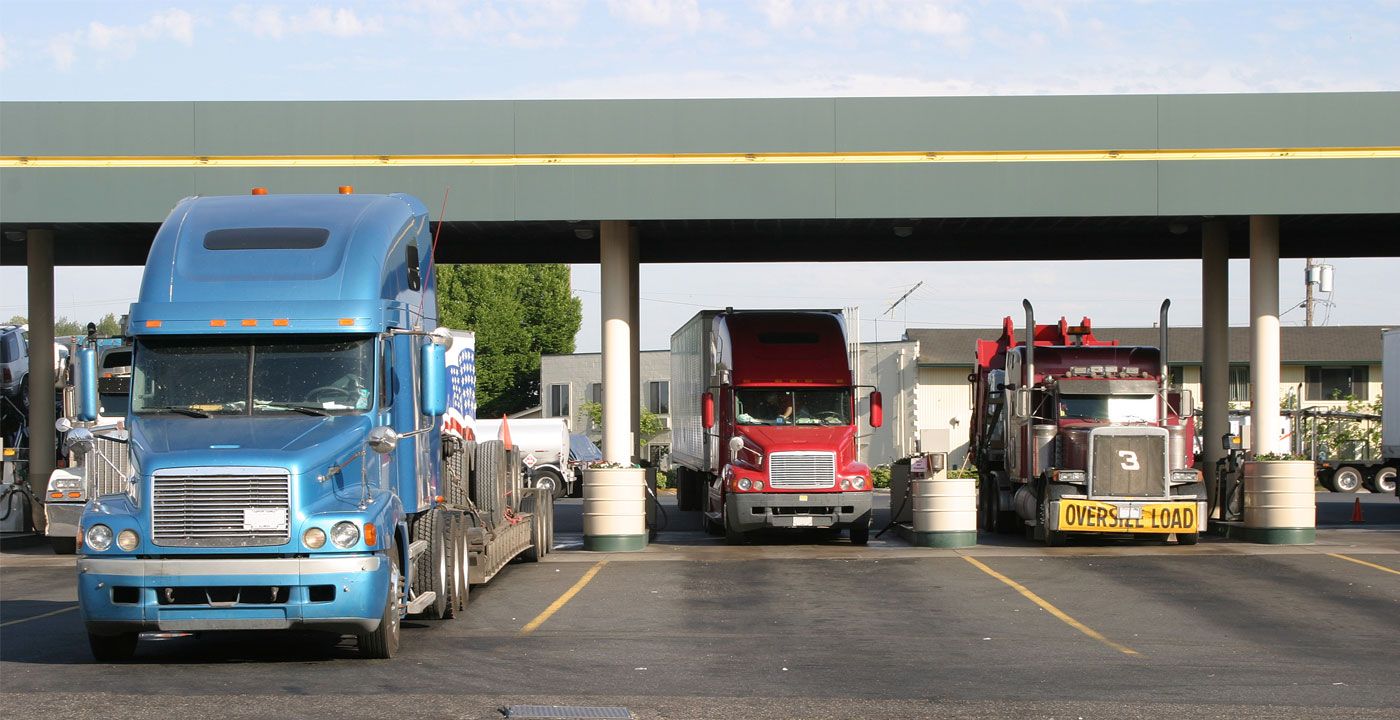We’re well into 2019, and several trends have emerged that shippers should keep an eye on as the year progresses.
Overall, there’s great uncertainty regarding the full truckload industry for 2019. Trucking is undergoing a transformation as e-commerce, capacity issues, regulations, and other factors reshape the supply chain landscape.
In 2018, capacity had tightened substantially, and rates fluctuated noticeably in nearly every sector. Moving forward through 2019, it’s important to understand what the coming months may bring in terms of capacity and pricing.
Washington is Playing a Role
The strong economy over the past several months has been good news for many industries, including transportation. However, the ongoing debate and discussion around new tariffs levied by the United States may have a dramatic effect on full truckload shipping. The uncertainty around both the tariffs and potential trade deals is leading to higher costs for raw materials from multiple sources, including Mexico – which also happens to be one of the largest sources of finished products, including trucks.
 The recent tariff hike on goods imported from China will also have a considerable impact on the economy and transportation. A dip in Chinese imports could free up capacity in some lanes, particularly in intermodal from the West to East Coasts. However, imports continued to grow last year even with modest tariffs in place. How much consumers and shippers are willing to pay in the end will be the question that markets will be focused on.
The recent tariff hike on goods imported from China will also have a considerable impact on the economy and transportation. A dip in Chinese imports could free up capacity in some lanes, particularly in intermodal from the West to East Coasts. However, imports continued to grow last year even with modest tariffs in place. How much consumers and shippers are willing to pay in the end will be the question that markets will be focused on.
At the same time, shifts in international trade relations could lead to an increase in nearshoring. If prices continue to escalate, supply chains may look to relocate manufacturing operations from China to Mexico – where tariffs are not as hefty. As a result, northbound capacity from Mexico to the United States could become more strained over time.
E-Commerce Continues to Change the Game
The American Transportation Research Institute recently published some interesting research citing the impact of e-commerce on freight transportation. The research showed that the average length of haul is decreasing – a factor that’s widely attributed to the growth of e-commerce, and the fact that companies are trying to move their supply chains closer to consumers.
It’s a trend that's increasing at an amazing rate. E-commerce, which made up 14.3 percent of retail sales in 2018, is expected to climb as more physical stores continue to close their doors. The inevitable result of this increase will be increased pressure on carriers – requiring more trucks, more shipping lanes, more time on the road, and more resources.
Full Truckload Drivers are in Increasingly Short Supply
The capacity crunch is significantly worsened by a lack of driving talent. The demand for drivers continues to expand significantly, with retiring drivers and those moving to other fields making the problem even more serious. According to the American Trucking Associations, the truck driver shortage surpassed 50,000 in 2017.
 Wage increases will certainly help slow the speed at which the driver pool is shrinking. However, the average age of today’s trucker is 55, which is noticeably older than the average age of workers across most other industries. This means more drivers will retire more quickly, leaving even more vacancies in their wake.
Wage increases will certainly help slow the speed at which the driver pool is shrinking. However, the average age of today’s trucker is 55, which is noticeably older than the average age of workers across most other industries. This means more drivers will retire more quickly, leaving even more vacancies in their wake.
The driver shortage is a primary point of concern for truckload shippers. Most truckload drivers work long haul routes, which are the most difficult positions to fill.
To adjust to the volatile nature of truckload shipping, many shippers are now positioning materials and finished products closer to their key markets. This enables them to rely more on less-than-truckload and short haul truckload services that can be easier to accommodate. At the same time, this strategy often requires the use of a warehousing and distribution network for inventory staging.
Impact of Regulations
A combination of factors is responsible for 2018’s increase in full truckload rates – including the tight capacity and shortage of drivers. However, another factor is at play as well – the impact of Hours of Service regulations.
Both drivers and shippers have expressed concerns that the HOS regulations are negatively impacting both wages and profits. Just as importantly though, these regulations are compounding the issues of capacity and driver availability and making it even more difficult for them to get goods to consumers on time.
What it all Means
There’s no doubt that these trends point towards potential volatility being felt in the second half of 2019. The trajectory of rates and capacity will rely heavily on the state of the economy going forward.
Understanding these and other freight shipping trends is essential to creating both short-term and long-term logistics management strategies. It’s only by recognizing the likelihood and potential impact of these trends that we can navigate a successful future.








